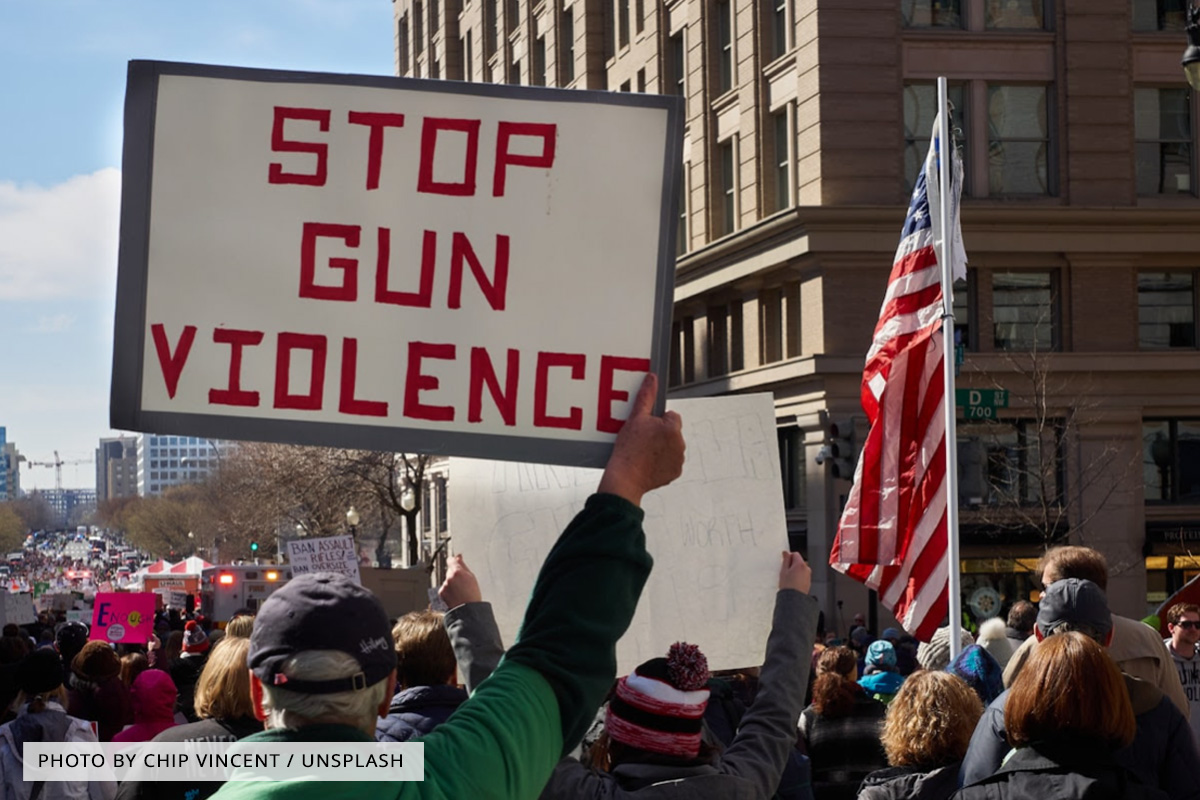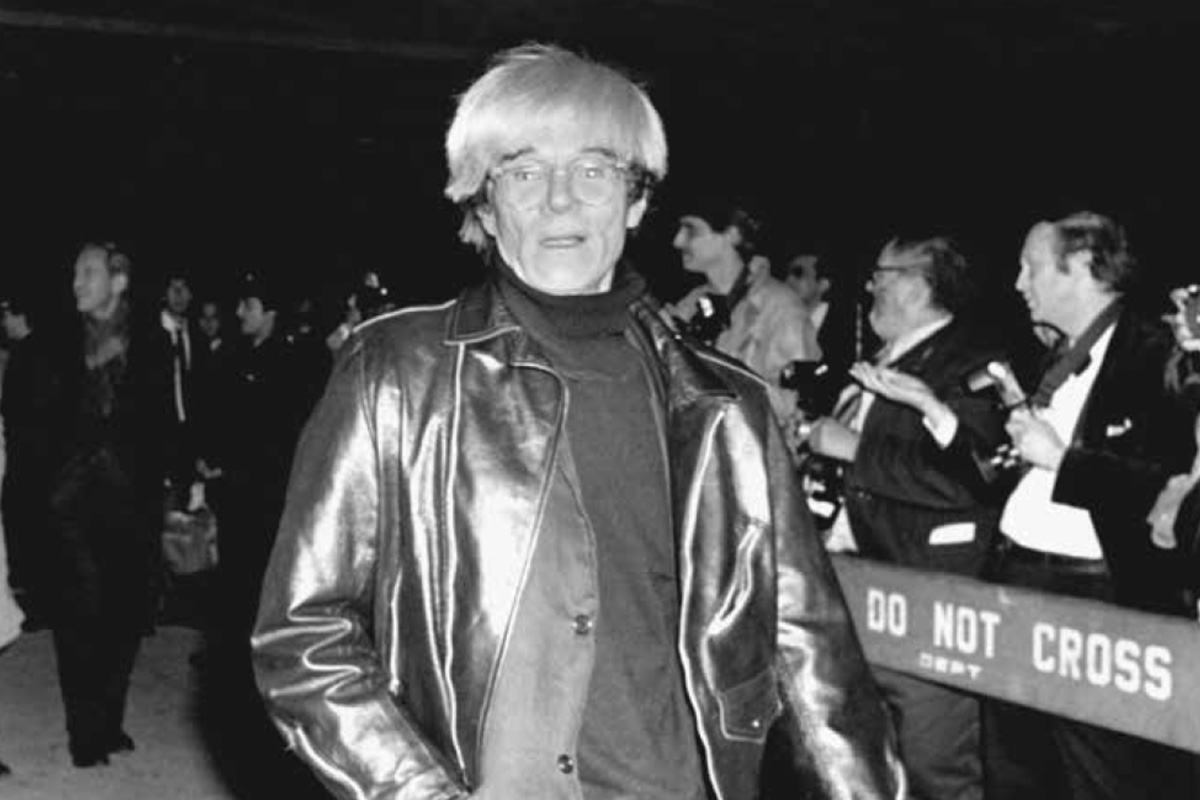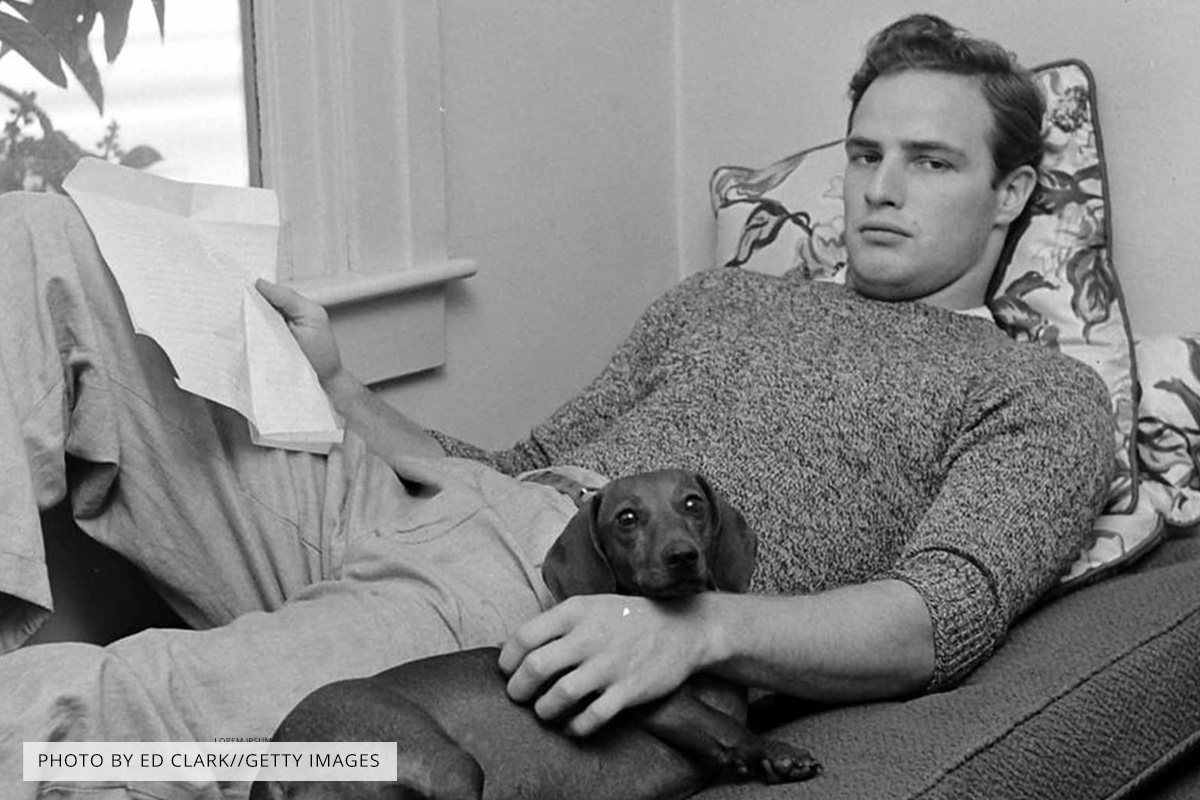©2022 By Jim Ruland

Black Flag at Mabuhay 1979 - Photo By: SPOT
Excerpted from CORPORATE ROCK SUCKS: The Rise and Fall of SST Records by Jim Ruland. Copyright © 2022. Available from Hachette Books, an imprint of Hachette Book Group, Inc.
999
1.
SST set its sights on a much larger target: the LAPD. In “The Creepy Crawler” Black Flag published the lyrics to “Police Story,” a song with one of the most incendiary opening lines in hardcore history. The song was written before Black Flag started playing outside of its hometown and refers to its many run- ins with the Hermosa Beach Police Department. When asked whether “Police Story” was a political song, Ginn emphasized that it was based on his own experiences and frustrations. “‘Police Story’ deals with police in a very personal way.”
Every punk in the LA scene had stories about being physically assaulted by the police. Many had multiple run-ins with violent cops. “They would come in with the billy clubs swinging and you couldn’t get away from them,” said Bill Stevenson. “They’re like cockroaches.” Pettibon was also clubbed in the head. Morris was roughed up by a cadre of cops after foolishly slashing the tires of an unmarked police car. Joe Nolte was thrown down a flight of stairs and felt like he got off easy because the assault occurred at the Elks Lodge Hall on March 17, 1979, the night of a massive police operation that resulted in numerous injuries and arrests.
For many white middle-class punks, it was the first time they’d experienced this kind of treatment, and it was shocking for them. Being unfairly arrested, jailed, or roughed up by the police accomplishes one of two things: either it curbs the behavior that attracted the unwanted attention, or it inspires the recipient to fight back. The Hermosa Beach Police Department’ campaign to force Black Flag out of town was a radicalizing experience for Ginn. As a white man from a middle- class family, he’d never been mistreated by the police before. His mother’s immigrant status, his father’s suspicion of institutions, and the brutality they’d both witnessed overseas during the war conditioned their children to be suspicious of institutional overreach, particularly when the goal of the greater good was achieved with threats of violence. In other words, Ginn knew a fascist operation when he saw one.
Although “Police Story” wasn’t on either of Black Flag’s first two releases, its defiance found a receptive audience in the throngs of punks who’d been mistreated by the LAPD. The song’s us‑versus- them narrative articulated the peril that punks found themselves in every time they went to a show. But if there was a single event that marked a point of no return for the embattled punk scene, it was an all- ages show at the Hideaway on September 19, 1980, in downtown LA.
The Hideaway wasn’t a club per se but a small warehouse that had been modified into a performance space. The lineup featured groups that would become part of the SST family of bands, and it had all the makings of an epic night. However, the inexperienced promoters oversold the show, the event started late, and ventilation inside the club was nonexistent. As temperatures inside the venue climbed, so did the mood outside as ticketed guests learned they wouldn’t be getting in. The security guards the promoters hired were overaggressive and had little experience dealing with punks, of whom there were between one thousand and fifteen hundred hoping to get into the tiny space.
Jack Rivera of the Stains got a sense there would be problems with the show during sound check. “I remember we got there early to load in,” Rivera said. “It was like four o’clock in the afternoon, the sun was still out, and there were already kids waiting outside.”
The Stains took the stage after Mad Society. During the set, vocalist Jerry “Atric” Castellanos took out a butcher knife he’d taped to his leg and buried it in the stage floor. Bassist Ceasar Viscarra swung his bass to keep people from climbing on stage, which was covered with beer. Guitarist Robert Becerra also got in on the act. “Someone threw water on me,” Becerra said, “and I jumped off stage and started going after him. My homeboys were like, ‘Keep playing. We’ll take care of it.’ They pushed me back on stage. Then they took care of it.”
Fights broke out. Glass was smashed. One frustrated punk commandeered a custom car parked outside the club. “The promoter parked his Cadillac in front of one of the large garage doors,” Morris said, “and some punker dunker came up with the brilliant idea of hot- wiring the car and ramming it into the door. Of course this was due to all the people standing out front who couldn’t get in.”
Inside the Hideaway, punks were just as destructive, kicking holes in the walls and knocking down barriers inside the club that limited their movement. They broke down the door to get in and tore the place apart to get out. Naturally, the police were called, and they cordoned off the streets around the Hideaway and arrived in full force to break up the show.
“It all went to shit the second I walked in,” remembered photographer Edward Colver, who didn’t even have time to snap a photograph. “Then the power went off and people were throwing vinyl records through the air and running out of there with chairs over their heads. It was nuts!”
Even though Black Flag never got to play, the events at the Hideaway set the stage for a showdown at the Whisky a few weeks later. Black Flag’s association with Brendan Mullen, who booked shows at the club, resulted in an invitation to play with D.O.A. The bands were scheduled to play two sets, but after the first one, the LAPD moved in. The police didn’t just stop the show; they put on a show of their own with a chaotic display of force that brought back memories of the curfew riots on the Sunset Strip in 1966. Two dozen squad cars came screaming down the boulevard and descended on the club. The LAPD blocked off Sunset and San Vicente, rerouting traffic and trapping concertgoers whose only crime was waiting in line for an event for which they had purchased tickets. In some instances, police took the tickets out of fans’ hands and ripped them up in their faces. “If that happened to me,” Ginn said, “I’d start looking for bottles.”
That’s exactly what Reid Campbell, bass player in the band Modern Industry, did. He tossed an empty bottle at the cops, who responded by swarming the scene and chasing punks down side streets before tossing them into police cruisers.
Black Flag watched the action unfold from the dressing room on the second floor. “This one Hardcore Punk kid threw a beer bottle at this line of riot police,” Cadena said, “and it hit one guy in the helmet and it was chaos.” Injuries were widespread as punks were beaten and knocked to the ground. Many were clubbed in the head. One woman had her leg broken by an especially overzealous cop. Some officers were armed with shotguns. The police weren’t there to “restore order”; order wasn’t on the menu that night. What they did was disrupt the show and deliver a beatdown.
Ginn had had enough. Frustrated by the LAPD’s harassment, he made the unusual move of contacting media outlets before Black Flag’s next show, at Baces Hall in East Hollywood, in the hope of demonstrating the band wasn’t responsible for the violence at its gigs. By now everyone accepted that punk shows were synonymous with violence. Black Flag wanted proof that police were the instigators.
This was something of a gamble. While the LAPD showed its true colors at the Whisky, the punks at the Hideaway were wildly destructive; if something similar went down at Baces Hall, the stunt would blow up in their faces. But Ginn believed the violence marring Black Flag’s gigs started with the people who ran the venues. The kids only got agitated when shows were oversold, started late, or shut down early. In other words, if promoters acted as professionally as the bands they booked, these incidents wouldn’t occur, and the police wouldn’t need to get involved. “Generally people think the authorities are correct,” Ginn said. “If there is a riot, it’s always, ‘What are these people doing to cause it?’ My perspective is quite different. We didn’t go out to cause anything, we were a rock band. We had an implicit politics. The police started the riots, then at a certain point, a riot became the thing to do.”
On November 10, 1980, Rona Barrett produced a segment for The Tomorrow Show with Tom Snyder. While the episode is best remembered for a Mohawked Dukowski calling the LAPD Nazis, the segment opens in explosive fashion with footage of Wendy O. Williams of the Plasmatics literally blowing up a car with a stick of dynamite on stage at Perkins Palace in Pasadena. Over a montage of Gary Leonard’s photographs of punks from Huntington Beach doing “the Slam,” Barrett describes in contradictory terms how punk transcends “age, sex, and color,” but is still somehow made up of mostly “young WASPS who masquerade at night in leather and chains.” Barrett’s sensational spiel winds down as Black Flag takes the stage at Baces Hall: “A band from Hermosa Beach, California, called Black Flag has earned a reputation as a group with a particularly violent following.”
A chaotic mix of concert footage, punks loitering outside the hall, and mustached cops in riot gear unfolds. A police officer from the Rampart Division explains that the venue’s owner asked police to stop the show because of property damage, but no such damage—or any unruly behavior— was caught by the camera crew. Once the punks were kicked out of the venue and banished to the other side of the street, the cops rushed them. On screen the scene played out exactly like Ginn anticipated it would.
But that hardly seemed to matter to Barrett. In a talk-show style roundtable conversation with Dukowski, Leonard, and Mad Society’s manager Daphne Vendetta, Barrett repeatedly returns to the violent nature of punk rock itself, never once acknowledging the violence the police inflicted on kids at the shows, despite repeated attempts by her guests to steer the conversation that way.
The following Sunday, Patrick Goldstein, who was still stirring the pot in the Los Angeles Times, poked fun at Barrett’s segment and referred to disturbances at Black Flag shows as “skirmishes with the police,” as if the band were responsible for instigating them. No matter what Ginn and Dukowski did to set the story straight, the media stuck to its own skewed version of the truth.
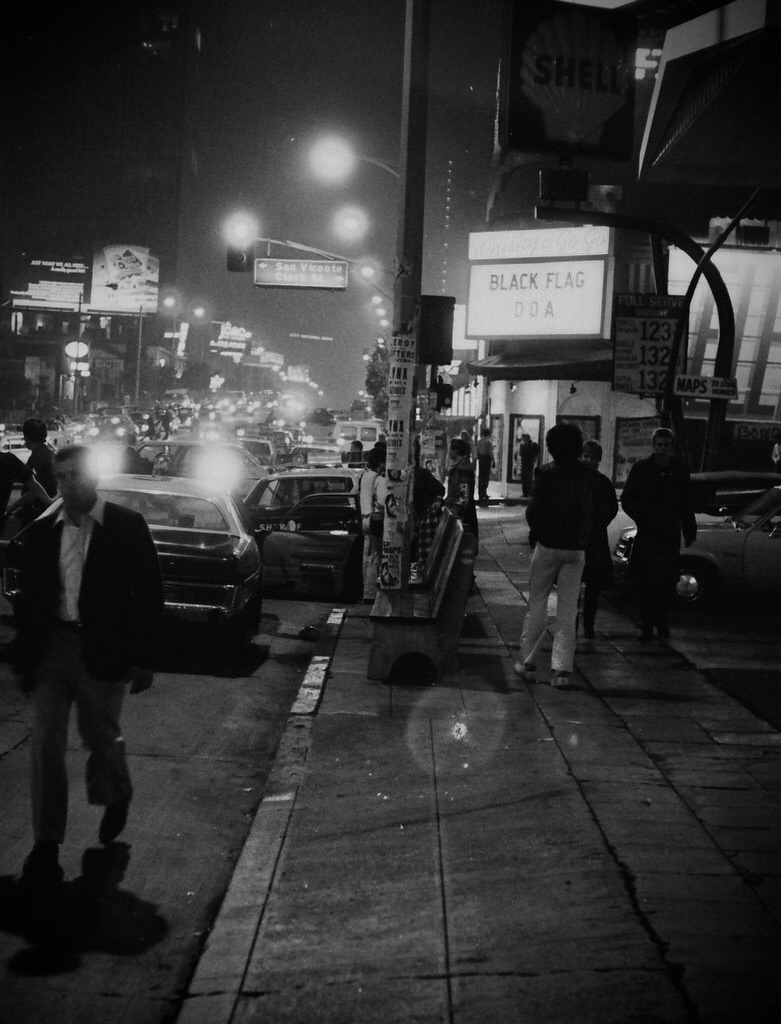
Sunset Strip 1980 - Photo By: Edward Colver
2.
If for no other reason, punk rock will be remembered as a successful art movement because of its power to agitate, and few entities were more agitated by punk rock than the news media.
Punk was a subject that news outlets returned to again and again because stories about punk rockers smashing up music venues or rioting in the streets reliably provoked moral outrage from the audience. Pundits laid the blame for society’s failings at the feet of a poorly understood pursuit that provided sensational headlines and sound bites. In these stories, the news media minimized punk rock as expressions of anger and animosity accompanied by an ear- splitting soundtrack. In many reports, the music was treated as a humorous sideline to the violence that took place at shows. “Until Black Flag figures out what to do with the enormous rage implicit in both their music and their fans,” decried the Los Angeles Herald-Examiner, “all of their elegant anarchonihilist philosophizing will remain the worst sort of dilettante bunk.”
There were plenty of hucksters who were quick to cash in on the punk panic. Serena Dank, founder of the Parents of Punkers family therapy organization, published a pamphlet with “everything a parent would want to know about the punk movement and their child.” Dank appeared on news networks to tell stories of children led astray by punk as if it were a cult or a highly addictive drug. She even sat for an interview with filmmaker Penelope Spheeris and talked about being harassed by a prank caller who threatened to blow her away. “Sounds like he might listen to Black Flag,” Spheeris quipped.
The media’s inability to comprehend the most basic aspects of punk rock led to the amplification of its ugliness. This proved to be a self- fulfilling prophecy. Instead of discouraging people from attending these so‑called orgies of violence, their portrayal of shows as an outlet for mindless aggression resulted in an influx of new “fans” for whom violence was the chief attraction and everything else was ancillary. When you tell people there’s going to be violence, violent people are going to come.
Stories like Rona Barrett’s segment served as recruitment tools for the worst kind of fans: jocks, racists, homophobes, and actual psychopaths were drawn to punk shows. While these stories served as free advertising, the bands were often made to look foolish and were denigrated as brainless barbarians. This discouraged many open- minded kids from going to shows, particularly women, who were curious about punk but not enough to risk getting harassed and beaten up for it.
With the violence at punk shows getting so much attention, those at the heart of the punk rock community blamed fans at the fringes for ruining “their” scene. Those who’d been punks since the ’70s resented that the scene was no longer theirs to control. Many of the early LA punks had elevated style into a kind of identity and would mark newcomers by their derivative fashion sense as poseurs. But the influx of hardcore kids did not share these values. Either they embraced a different style (as they did in Huntington Beach) or rejected it altogether (as they did in Hermosa Beach).
The worst of the violence was often attributed to outside agitators from the Beach Cities. By shifting the blame, the media helped drive a wedge within the punk community between the “original” Hollywood punks and the younger, more aggressive hardcore fans from the suburbs. The debate as to who was at fault for ruining the scene raged in all the zines.
It was a strange time for punk. Even though the movement was more popular than ever before, it was ignored by record companies, banned by Hollywood clubs, abused by a police force with little or no oversight, and decried by the news media, whose embrace of the talk- show format was beginning its slide into infotainment. What could possibly go wrong?

Robert Becerra With His Gibson SG Guitar - Photo By: Edward Colver
3.
SST stood at the vanguard of a new and exciting style of music, but Black Flag entered the American consciousness at a time when it was dangerous for a punk band to do so.
Because the band wasn’t directly involved in the violence that took place at its shows, Black Flag refused to take responsibility for it. The band didn’t urge fans to attack each other or destroy property; nor, obviously, did Black Flag call the police. Nevertheless, it was blamed for the vandalism and violence that went down at shows. In an article titled “The Black Flag Violence Must Stop!” the author ranted, “Although Black Flag don’t encourage the violence, they don’t discourage it, much less really acknowledge it on stage. Which is not only wrong but profoundly evil.”
The media did its part to foster the impression that Black Flag fans were bad people, but good business practice also helped put a target on the band’s back. Black Flag’s easy‑to‑spray- paint logo, bold flyers, consistent branding, and relentless marketing made it stand apart from other bands, many of which blatantly imitated its approach. If a fight broke out, if property was damaged, or if the police ended a show, Black Flag was to blame. It was like Polliwog Park all over again, but the consequences were much more severe.
However, it would be a mistake to call Black Flag a victim. Ginn and Dukowski understood that, from a marketing perspective, the controversy benefitted both the band and the label. Throughout this period SST did everything in its power to attract more young people to Black Flag shows, even targeting high schools in Huntington Beach for flyer drops. While Ginn and Dukowski would prefer to play shows without being interrupted or anyone getting hurt, if the media was determined to make Black Flag its punching bag with a consistency that constituted a campaign, then the band would fight back. Anyone who thought differently didn’t know Black Flag very well.
One way that SST responded was through advertising. Ginn and Dukowski took the novel step of buying airtime on local radio stations to advertise upcoming shows. This was a bold move for an indie record label, but the way they went about it was audacious. For example, to advertise a show at the Fleetwood, SST embedded the details in a monologue from a distraught punk threatening to kill himself at the show. In another inspired advertisement, Spot plays the role of an on‑scene reporter broadcasting from inside the Starwood, and the cryptic commercial makes reference to “creepy crawl” a half- dozen times. In SST’s most provocative spot, which ran in early 1981, a pair of cops en route to the Stardust Ballroom to break up a Black Flag show where a “major disturbance” is underway bemoan the fact that Police Chief Daryl Gates “is in a real uproar.”
While it’s easy to dismiss these commercials as stunts to enflame the general public, by mentioning Gates in these psyops, Ginn wasn’t just thumbing his nose at the top cop in the LAPD, he was giving voice to a widely held belief in the punk community that Gates had a personal vendetta against them. Many believed this was because Gates’s son, Lowell, who was the black sheep of the family, was a punk.
Was Lowell a punk rocker? He certainly had a long and colorful arrest record, but many of his crimes were tied to drugs. Gates wrote in his own autobiography that Lowell was high on heroin at his swearing in ceremony as chief of the Los Angeles Police Department in 1978. That’s a startling admission from someone who had a long history of blaming others for problems the LAPD routinely exacerbated.
Gates’s unofficial war on punk suggests he saw punks as part of the criminal class. Punk’s lack of rules and rejection of dogma attracted people whose so‑called lifestyle choices pushed them to the margins of society: drug users, sex workers, petty criminals, and the like. Before widespread acceptance of LGBTQ communities, those who sought to make a life for themselves outside the paradigm of the nuclear family were regarded as sexual deviants, and their behavior was criminalized. Punk provided a community where people could find their place, reinvent themselves, or at the very least blend in while they figured things out.
Police were threatened by all of it. But by accusing LAPD officers of being Nazis on television and calling out Chief Gates on the radio, SST staged a counterattack on the LAPD through the media, though Ginn knew better than anyone it was a war they couldn’t win.
999
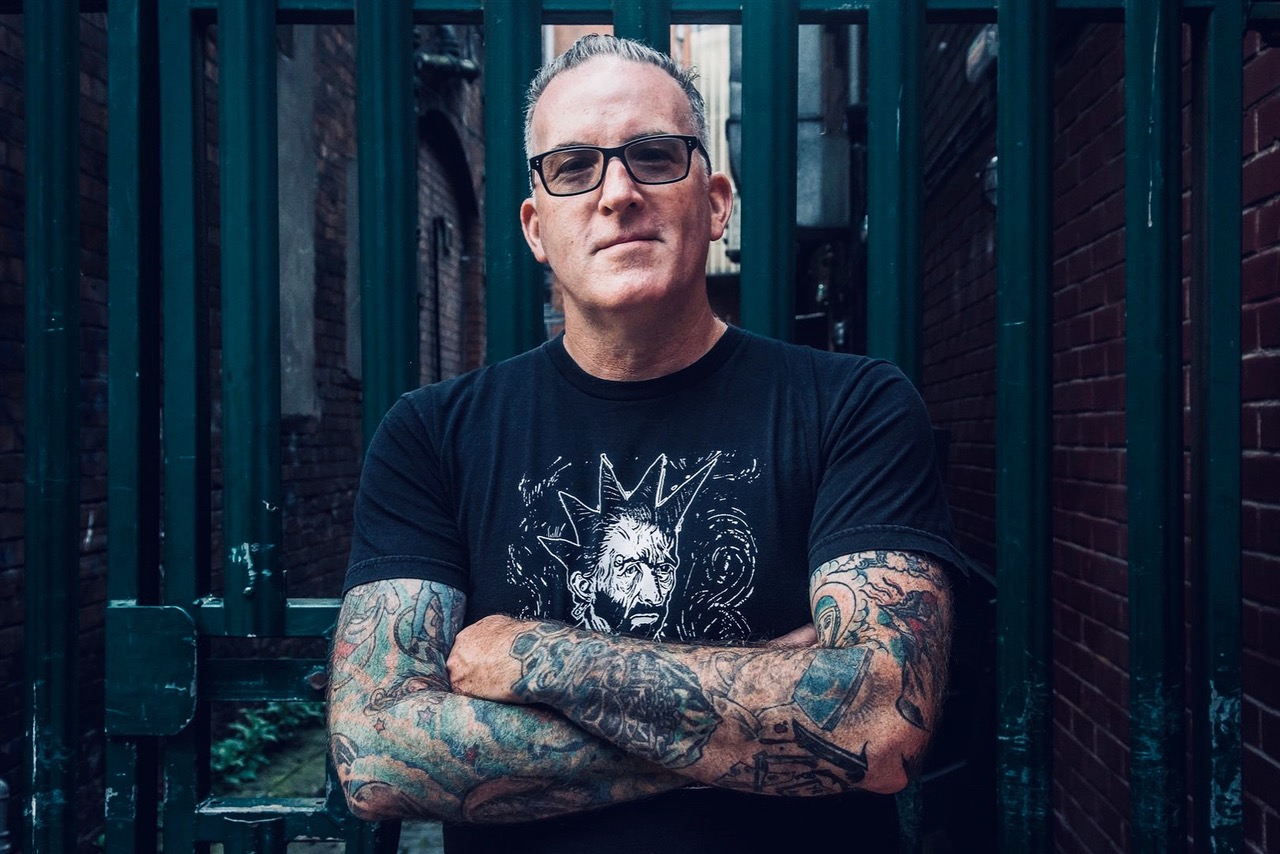
Jim Ruland - Photo By: Clair McAllister
Jim Ruland is the co-author of My Damage with Keith Morris, the founding vocalist of Black Flag, Circle Jerks, and OFF! and Do What You Want with Bad Religion. He is a columnist for Razorcake fanzine and a freelance book reviewer for the Los Angeles Times. He writes a weekly newsletter about music and books called Message from the Underworld and is currently working on a book with Evan Dando of the Lemonheads. Corporate Rock Sucks: The Rise and Fall of SST Records is out now.



